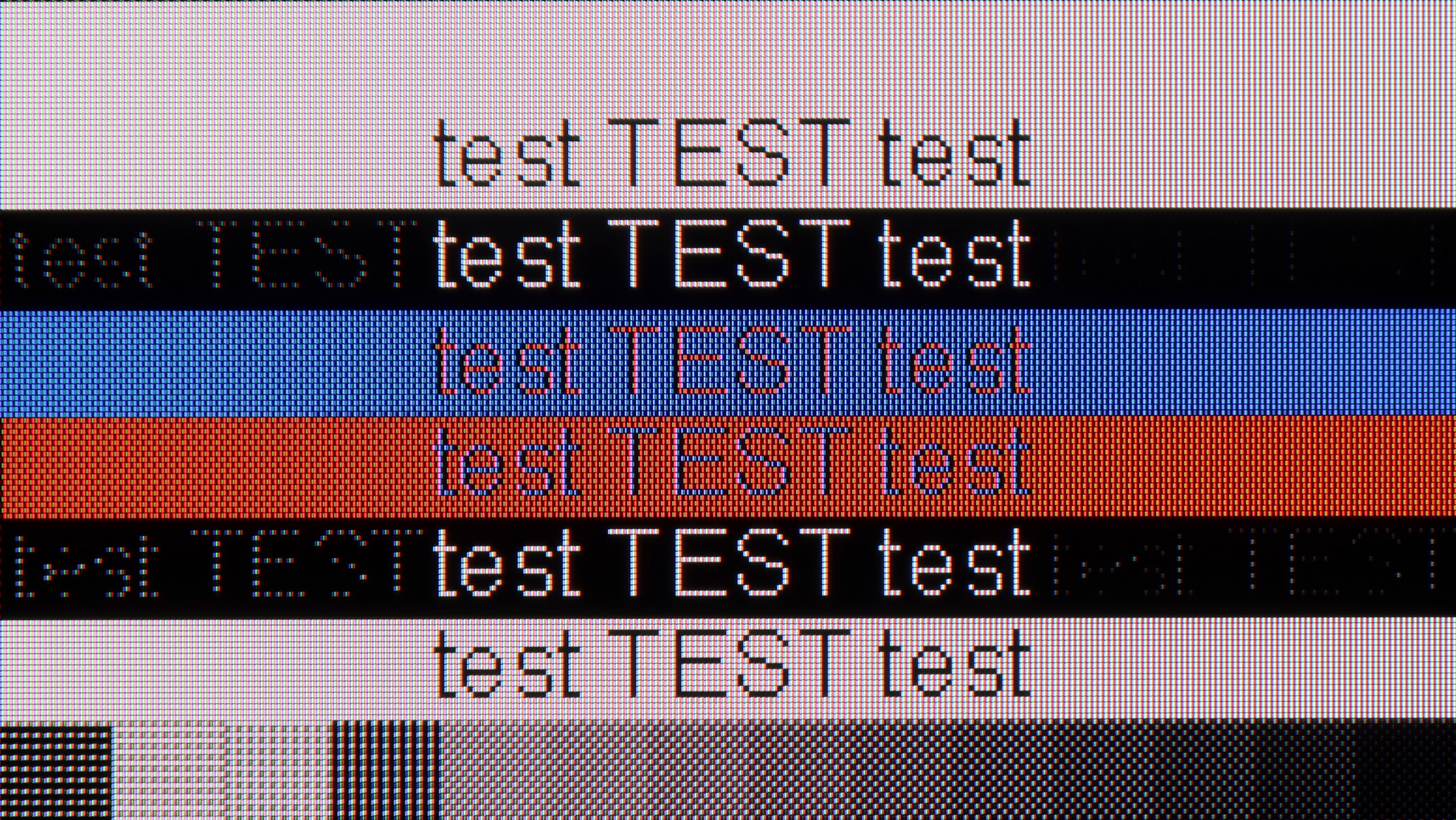The Samsung S90D (or S94D) TV is a model that surprises in many ways, offering exceptional performance across various aspects. One key feature to note is that depending on the size of the television, it may differ in the OLED panel variants used. Regardless of the specific panel technology, the S90D guarantees perfect blacks, and its HDR light effects, aided by high brightness, truly impress, creating a cinematic experience in the comfort of your home. OLED technology provides deep blacks and vibrant colours, making every movie and series look stunning, with clear details even in dark scenes.
Although the factory colour settings might not be ideal, the television truly shines after calibration, becoming unbeatable in its price range for colour accuracy. This makes the S90D a fantastic option for film enthusiasts who appreciate high-quality picture performance. The TV is also an excellent choice for regular TV watching, offering wide viewing angles and an intuitive, feature-rich Tizen operating system, which makes navigating apps and accessing content effortless. With support for popular streaming services and AirPlay, users can enjoy multimedia of the highest quality.
Regarding image smoothness, the S90D excels with its 120Hz panel, effectively eliminating motion blur and ensuring smooth rendering of fast-paced scenes. Watching sports on this television is a joy, with dynamic actions displayed clearly without interruptions. Additionally, the S90D is a great option for gamers, thanks to full support for HDMI 2.1 and low input lag, providing a responsive and fluid gaming experience.
Overall, the Samsung S90D combines excellent image quality, smooth performance, and a wealth of features, making it one of the best choices in the premium TV category.
The Philips MLED920 is a natural continuation of last year's PML9000 model, but it's not a repeat performance. It's clear that the manufacturer has done its homework – first and foremost, the local dimming algorithms have been improved, which last year tended to significantly degrade the viewing experience. Now, the blacks and contrast look much better, and when combined with the Dolby Vision here, even HDR content looks really decent. The picture occasionally shines where it should, and it doesn’t strain the eyes in more challenging scenes. Undoubtedly, the biggest advantage of the MLED920 is its unique Ambilight system. The three-sided backlighting can give films and games a completely new atmosphere – the screen seems to extend beyond its borders, and the entire room becomes part of the viewing experience. This is something that will be appreciated not only by movie enthusiasts but also by gamers, who, in addition to the lights, get a whole set of features typical for modern gaming TVs: 144 Hz, VRR, ALLM, and Dolby Vision Gaming. In this regard, Philips has a lot to offer. However, there is a significant caveat – this brings us to the most difficult part of this verdict – it is still dual-purpose equipment. On one hand, we have strong picture quality and a unique Ambilight feature, while on the other, there are hardware limitations that are hard to ignore. Titan OS in its current form is a significant bottleneck, filled with bugs and shortcomings that make the television lag behind the competition. Additionally, the price is not low considering the offered capabilities. Therefore, it's hard to recommend it unequivocally to everyone. However, if you are looking for the brightest Philips screen at a reasonable price, with Ambilight, a full set of features for gamers, and basic applications – the MLED920 will be quite a good choice.

















































































































